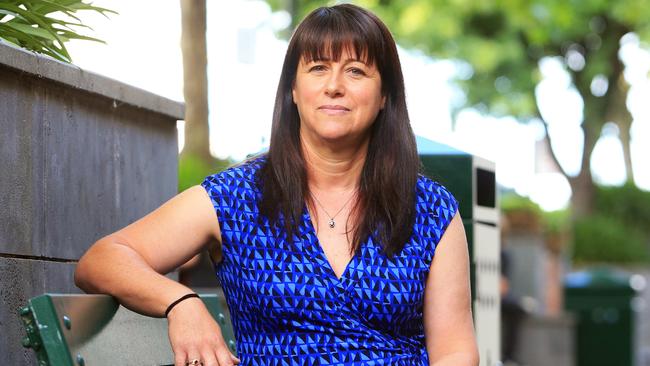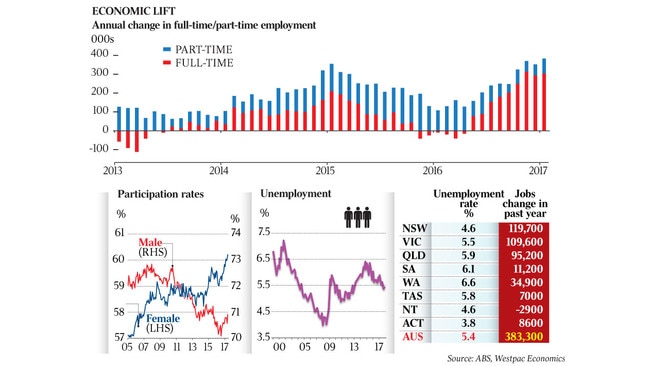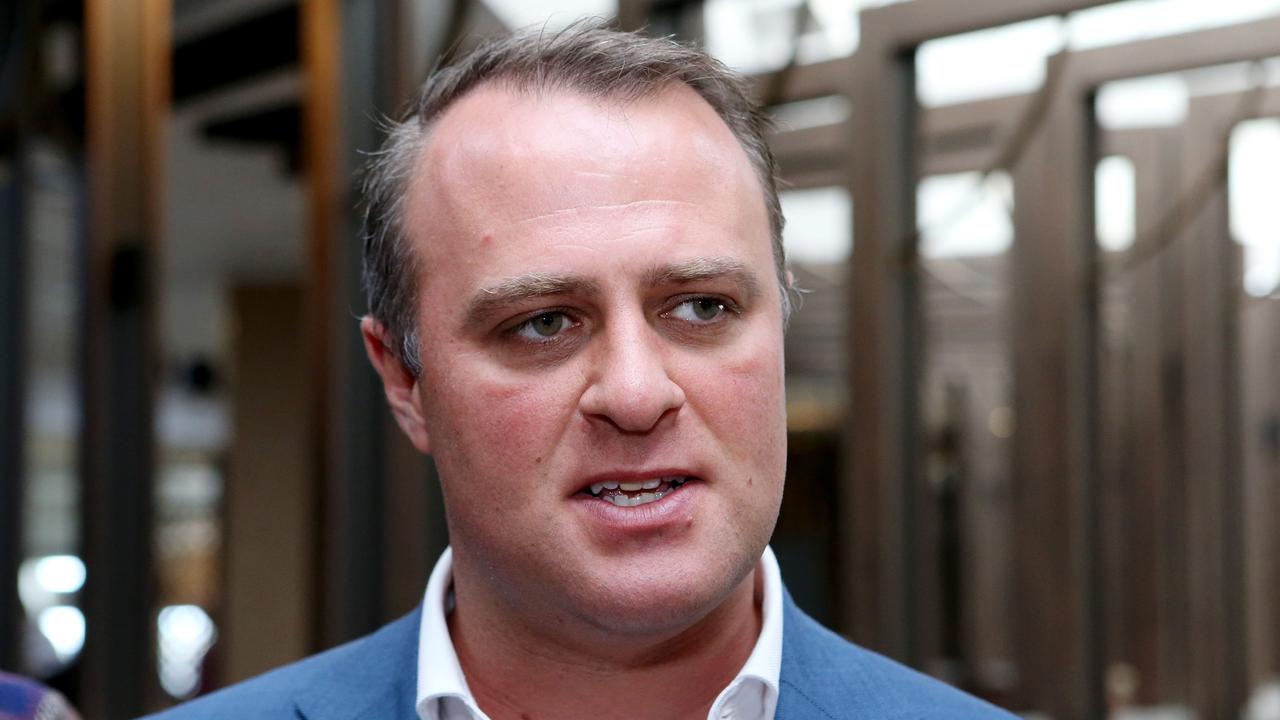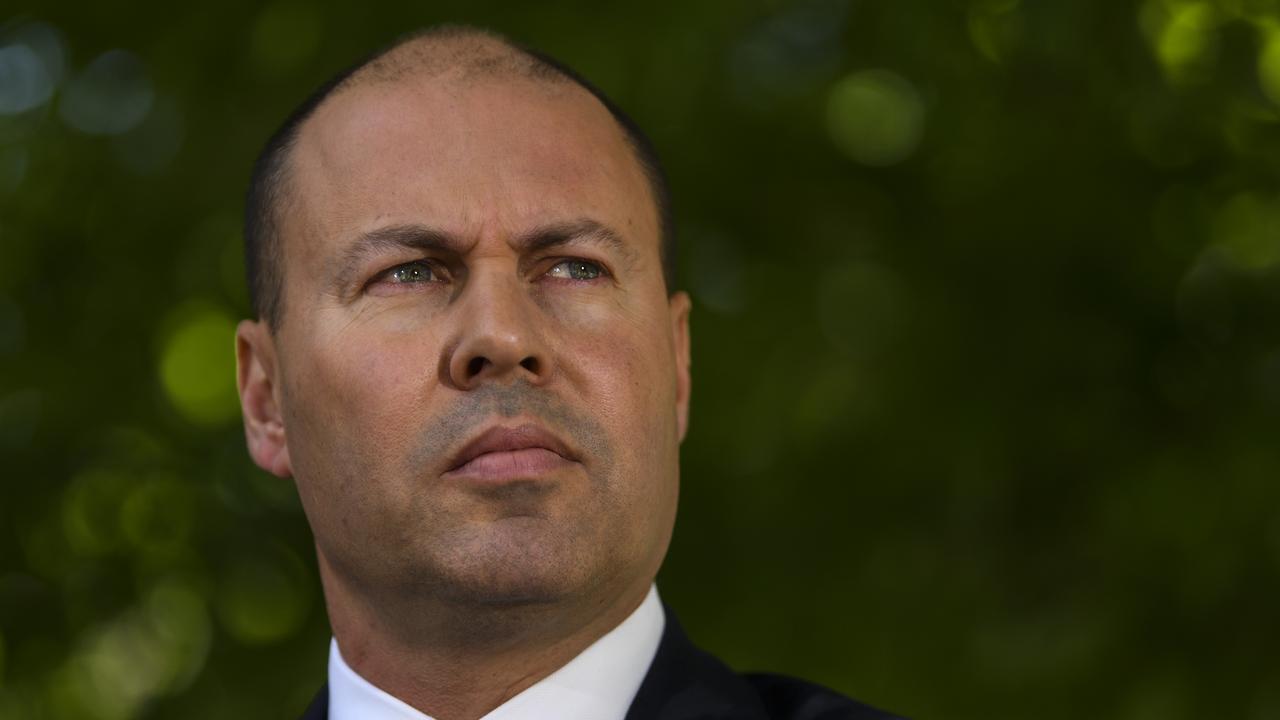Turnbull takes credit for best jobs growth since pre-GFC
The labour market is booming with the best jobs growth since before the financial crisis.

The labour market is booming with the best jobs growth since before the financial crisis, giving the Turnbull government a boost ahead of tomorrow’s Bennelong by-election.
Employers took on an extra 62,000 workers in November and have now been lifting their recruitment every month since September last year, boosting employment by 440,000 jobs.
The unemployment rate held steady at its four-year low of 5.4 per cent.
Malcolm Turnbull claimed the soaring jobs numbers were the direct result of the government’s policies. “At the last election, we campaigned on jobs and growth. Well, it was a slogan then but it is an outcome now,” he said.
“Our policies are restoring confidence to business and business is responding by investing, creating more jobs and hiring more workers.”
Over the past year, the workforce has risen by 3.2 per cent, which is double the rate of population growth and the fastest increase since early 2008 when the mining boom reached a peak ahead of the global financial crisis.
Mr Turnbull noted that there had not been a continuous 14- month run of employment growth since 1994 and hailed the fact that 80 per cent of the jobs created over the past year had been full-time positions. Employment growth has been strongest among women, with a 4.9 per cent boost to the numbers in full-time work over the past year.
Full-time work among men has also been strong, lifting 3.1 per cent, but the strength of employment among women reflects growth in sectors such as household services, healthcare and social services. The National Disability Insurance Scheme has been boosting employment numbers.

The demand from employers is encouraging people who had dropped out of the workforce to start looking for work again. The number of women either in work or actively looking for a job has risen to a record 60.2 per cent while the participation rate among men has risen to 70.9 per cent, the highest level since early last year.
Rose Tomassini, who is in her mid-50s, returned to full-time work in February. After working in the wholesale packaging industry for years, she decided it was time for a change and completed a diploma in community service work.
“I graduated in November, 2016 and was working for La Trobe Community Health Service by February this year,” she said.
Ms Tomassini is a local area co-ordinator for the LTCHS, which helps to deliver the NDIS to people in the Central Highlands in Victoria. She said the disability sector was a rewarding and stable option for women who were searching for full-time employment. “If you look at women who work in Ballarat, in La Trobe Community Health, the variety of ages, the variety of experience, is phenomenal,” she said.
Labor employment spokesman Brendan O’Connor welcomed the employment growth but said the number of people wanting more hours of work than they had remained close to the record high set earlier this year.
“There are too many Australians who either cannot find work or cannot find enough work, and who are feeling the pinch of stagnant wages,” he said.
Economists expect the employment growth to continue into 2018 although possibly not at the rate of the past 12 months.
National Australia Bank chief markets economist Ivan Colhoun said both the NAB’s monthly business survey and the tracking of job advertisements on the Seek search site show continuing strong demand for labour. The business survey shows 53 per cent of firms now say labour is getting harder to find, up from 40 per cent a year ago.
“Job ads have been strong in NSW and Victoria and have picked up quite a bit in South Australia and Queensland. Western Australia has been the laggard but that is increasing recently,” Mr Colhoun said.
NSW is close to full employment, with its jobless rate at 4.6 per cent. It added 28,500 new positions last month. Victoria, with a jobless rate of 5.5 per cent, led the jobs growth with 32,800 new positions. There were 7200 new jobs in Queensland, where the jobless rate is still 5.9 per cent and 8600 jobs in Western Australia, which has the highest jobless rate of 6.6 per cent. Unemployment is 6.1 per cent in South Australia and 5.8 per cent in Tasmania.
Jobs growth has yet to translate to stronger consumer spending or increased wages. Westpac senior economist Justin Smirk said one would expect to see wages rising in NSW, where unemployment is below the level thought to be consistent with stable inflation, but he said there was no sign of wages accelerating. “If the labour market was tight enough to spur wage inflation, we should see it in this state first,’’ Mr Smirk said.


